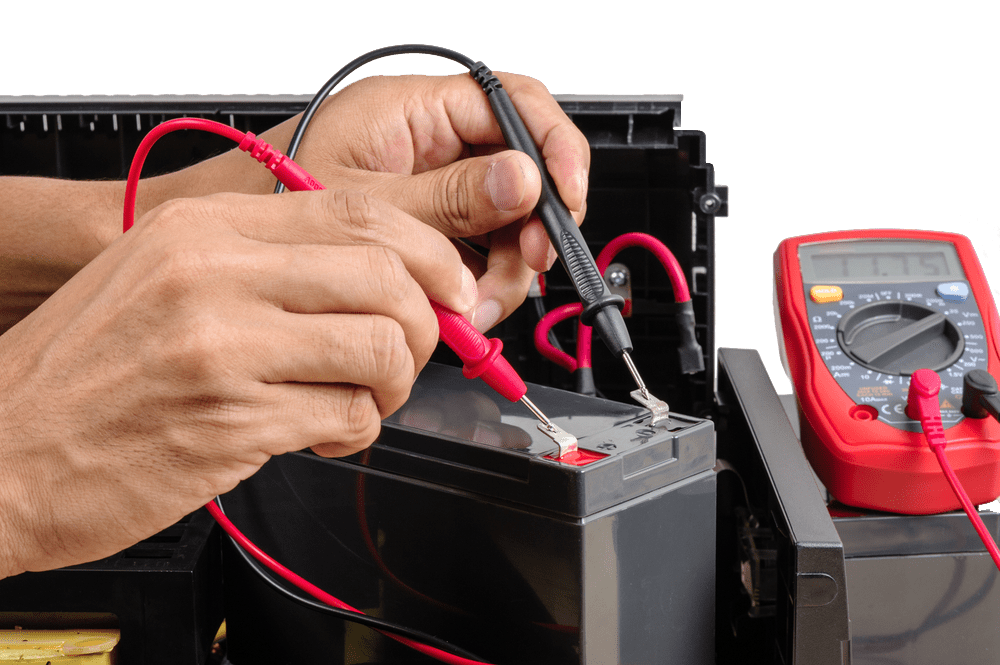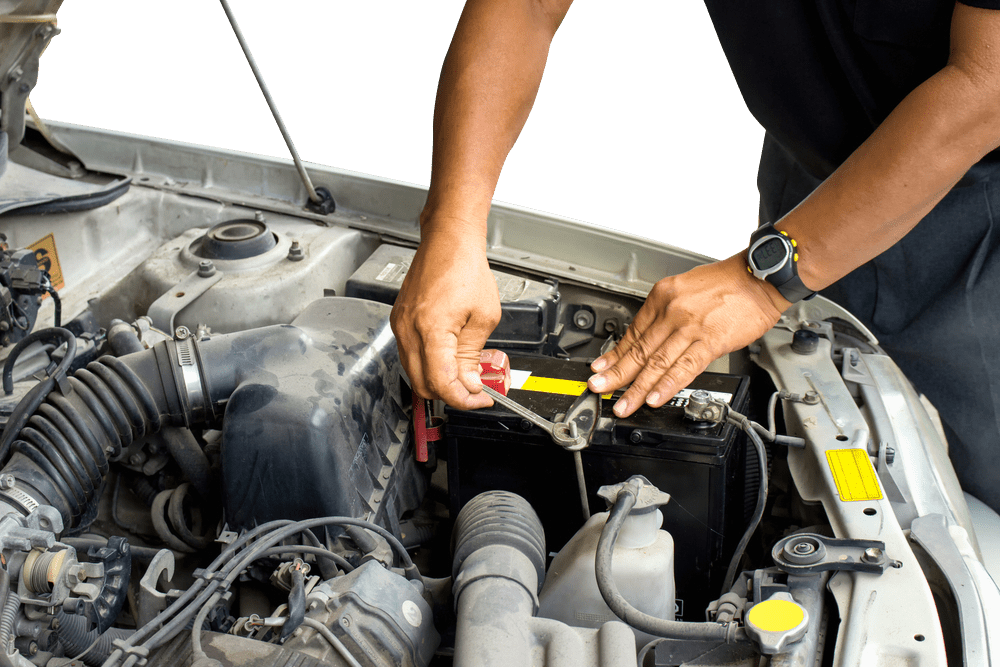- 15 Dec 2024
How long should a motorcycle battery last?

When it comes to motorcycle maintenance, one of the most commonly asked questions is how long a motorcycle battery last. As riders, we rely heavily on the performance of our motorcycles, and a reliable battery is essential for smooth rides. The lifespan of a motorcycle battery depends on several factors, and understanding these elements can help you ensure your battery serves you well for as long as possible.
In this article, we will delve deep into the factors affecting a motorcycle battery’s lifespan, how to extend it, and the signs that your battery may be nearing the end of its useful life. By the end, you’ll have all the knowledge you need to take proper care of your motorcycle’s battery, potentially saving you from unexpected failures and costly replacements.
What Factors Affect how long a Motorcycle Battery Last?
A motorcycle battery can last anywhere from 2 to 5 years on average, but its actual lifespan depends on several key factors. Let’s take a closer look at the variables that can impact the longevity of your motorcycle’s battery.
1. Battery Type
The type of battery installed in your motorcycle plays a significant role in how long it will last. There are two main types of motorcycle batteries: lead-acid and lithium-ion.
- Lead-acid batteries are the most common and can typically last between 2 to 4 years.
- Lithium-ion batteries, while more expensive, tend to last longer, offering a lifespan of 4 to 5 years or more. They also provide higher cranking, lighter weight, and quicker charging.
When considering the type of battery for your motorcycle, it’s crucial to factor in not just the cost but also the expected lifespan and performance benefits.
2. Usage Frequency
How often you ride your motorcycle significantly impacts the battery’s lifespan. Frequent rides help keep the battery charged and in good working condition. However, if you only ride your motorcycle occasionally or let it sit unused for long periods, your battery may degrade faster.
For motorcycles that are not used regularly, it is essential to maintain the battery charge. A good practice is to use a trickle charger or a battery tender that keeps the battery at an optimal charge level, preventing it from discharging completely.
3. Riding Conditions
The conditions in which you ride your motorcycle also influence the battery’s lifespan. Harsh environments, such as extreme heat or cold, can cause batteries to degrade more quickly. For instance:
- Cold weather can reduce the battery’s effectiveness, as lower temperatures slow down chemical reactions inside the battery.
- Hot weather, on the other hand, can cause the electrolyte inside the battery to evaporate, leading to internal damage.
If you live in an area with extreme temperatures, you may need to check your battery more frequently to ensure it is in good condition.
4. Charging Habits
Improper charging habits can shorten the life of a motorcycle battery. Overcharging or undercharging can cause the battery to degrade prematurely. Always follow the manufacturer’s recommendations for charging.

If your motorcycle uses a lead-acid battery, you should also be mindful of the fluid levels, if required and keep the battery clean to avoid corrosion, which can affect performance.
5. Battery Maintenance
Proper maintenance is key to ensuring your motorcycle battery lasts as long as possible. Regularly inspecting your battery and performing routine maintenance tasks can help you catch potential issues before they become significant problems.
- Check for corrosion on the terminals and clean them with a mixture of baking soda and water if necessary.
- Keep the battery tightly secured to prevent vibrations that could damage the internal components.
- Periodically check the battery voltage to ensure it is within the recommended range. A voltage of 12.6 volts or higher is considered optimal for a healthy battery.
How long should a Motorcycle Battery last in Different Conditions?
The lifespan of a motorcycle battery varies based on the conditions under which it is used. Let’s break down how long a battery should last in various situations.
Motorcycles that are Frequently used
If you ride your motorcycle regularly, you can expect the battery to last between 3 to 5 years with proper maintenance. This is because frequent use helps keep the battery charged, reducing the likelihood of degradation. Regular charging and maintaining optimal battery levels will help extend its lifespan.
Motorcycles used Occasionally
Motorcycles that are used infrequently, such as those that are only taken out for occasional rides or stored for the winter months, tend to have a shorter lifespan. In this case, a motorcycle battery might last closer to the 2-year mark if it is not maintained properly. Trickle charging or using a battery tender is highly recommended for occasional riders to keep the battery from discharging completely.
Motorcycles in Extreme Weather Conditions
For motorcycles exposed to extreme weather conditions, whether extreme cold or excessive heat, the battery may not last as long as one in more temperate conditions. In such cases, you may notice your battery degrading after only 2 to 3 years. If you live in a place with harsh weather, it’s essential to store your motorcycle properly, such as in a garage or using battery covers that can help shield the battery from temperature extremes.
Signs your Motorcycle Battery Is Dying
It’s crucial to monitor the health of your motorcycle battery so you can replace it before it leaves you stranded. Here are some signs that your motorcycle battery is about to die:
1. Slow Engine Cranking
If your motorcycle engine cranks more slowly than usual when you try to start it, this could indicate that your battery is losing power. If the issue persists, the battery may be nearing the end of its lifespan.
2. Dim Lights
Dim or flickering headlights and dashboard lights can be a sign of a weak battery. As the battery depletes, it may struggle to power the electrical components of the motorcycle, causing the lights to lose brightness.
3. Battery Warning Light
Many modern motorcycles come with a built-in battery warning light. If this light comes on while you’re riding, it’s important to have the battery checked as soon as possible, as it may indicate that the battery is failing.
4. Difficulty Starting the Motorcycle
If your motorcycle is increasingly difficult to start, especially after sitting unused for a while, it’s a clear sign that the battery is losing its charge. If jump-starting doesn’t resolve the issue, it may be time for a replacement.
How to Extend the Life of your Motorcycle Battery
Proper care and maintenance can help you get the most out of your motorcycle battery. Here are a few tips to extend its lifespan:
- Regularly ride your motorcycle to keep the battery charged and in optimal condition.
- Keep the battery clean by wiping it down regularly to prevent corrosion.
- Check the fluid levels in a lead-acid battery and top them up as needed.
- Store your motorcycle properly during off-seasons to protect the battery from extreme temperatures.
- Use a battery tender if your motorcycle is not in use for an extended period.
Conclusion
Understanding how long a motorcycle battery lasts and the factors that influence its lifespan is essential for ensuring a smooth riding experience. By selecting the right battery, maintaining it properly, and riding regularly, you can maximize its lifespan and avoid the inconvenience of unexpected failures. Always keep an eye on your motorcycle’s electrical system and replace the battery when necessary to keep your bike in top condition.











